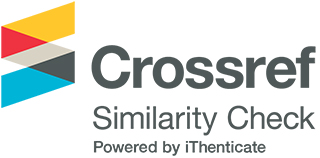Evaluating Literacy Curriculum: Making Sure Elementary Students Learn to Read
DOI:
https://doi.org/10.33422/ejte.v5i3.1043Keywords:
curriculum, elementary, evaluation, literacy, readingAbstract
Reading problems for adults and school-age students have significant and varied costs. Existing as an illiterate citizen in the United States has monetary consequences such as living expenses, career relevance, and societal advancement. American employers spend money to edify prospective employees in areas of remedial reading, writing, and mathematical skills. Educators must act on scientific research to select appropriate literacy curriculum to teach students to read. As reading is not a natural process, teachers must teach students to read using materials aligned with the science of reading. Utilizing document analysis to evaluate learning to read instructional materials and strategies must incorporate all the fundamentals and modalities in one complete, research-based curriculum. Knowing how to purposefully evaluate literacy curriculum is necessary for teaching all students to read. A dynamic, reading curriculum evaluation tool is necessary to determine alignment to the science of reading with an accredited literacy curriculum.
Additional Files
Published
How to Cite
Issue
Section
License
Copyright (c) 2023 Carol Klages, Mary-Margaret Scholtens, Kelly Fowler

This work is licensed under a Creative Commons Attribution 4.0 International License.









